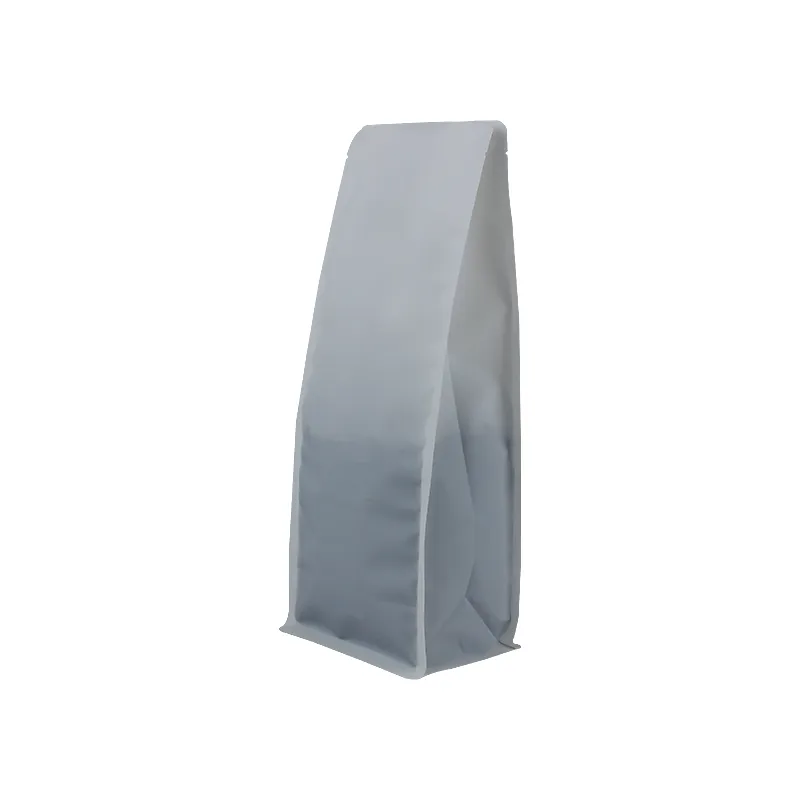- Afrikaans
- Albanian
- Amharic
- Arabic
- Armenian
- Azerbaijani
- Basque
- Belarusian
- Bengali
- Bosnian
- Bulgarian
- Catalan
- Cebuano
- chinese_simplified
- chinese_traditional
- Corsican
- Croatian
- Czech
- Danish
- Dutch
- English
- Esperanto
- Estonian
- Finnish
- French
- Frisian
- Galician
- Georgian
- German
- Greek
- Gujarati
- haitian_creole
- hausa
- hawaiian
- Hebrew
- Hindi
- Miao
- Hungarian
- Icelandic
- igbo
- Indonesian
- irish
- Italian
- Japanese
- Javanese
- Kannada
- kazakh
- Khmer
- Rwandese
- Korean
- Kurdish
- Kyrgyz
- Lao
- Latin
- Latvian
- Lithuanian
- Luxembourgish
- Macedonian
- Malgashi
- Malay
- Malayalam
- Maltese
- Maori
- Marathi
- Mongolian
- Myanmar
- Nepali
- Norwegian
- Norwegian
- Occitan
- Pashto
- Persian
- Polish
- Portuguese
- Punjabi
- Romanian
- Russian
- Samoan
- scottish-gaelic
- Serbian
- Sesotho
- Shona
- Sindhi
- Sinhala
- Slovak
- Slovenian
- Somali
- Spanish
- Sundanese
- Swahili
- Swedish
- Tagalog
- Tajik
- Tamil
- Tatar
- Telugu
- Thai
- Turkish
- Turkmen
- Ukrainian
- Urdu
- Uighur
- Uzbek
- Vietnamese
- Welsh
- Bantu
- Yiddish
- Yoruba
- Zulu
Conversion Guide from Millimeters to Mills for Precision Measurements
Understanding the Conversion from Millimeters to Mills A Comprehensive Guide
The realm of measurement often prompts intriguing questions, particularly when it comes to the conversion between different units. One common conversion that frequently arises in various fields, including manufacturing, engineering, and textiles, is the transition from millimeters (mm) to mills. This article aims to elucidate the relationship between these two units, explain their significance in various industries, and provide a guide for effective conversion.
What are Millimeters and Mills?
Millimeters (mm) is a metric unit of length, part of the International System of Units (SI), which is widely adopted around the globe. One millimeter is equal to one-thousandth of a meter, making it a convenient measurement for items or distances that are relatively small. Millimeters are commonly utilized in disciplines such as engineering, construction, and design, where precision is paramount.
On the other hand, the term “mills” can refer to several meanings depending on the context, but in terms of measurement, it often designates a unit used in specific industries, particularly in the context of paper, textiles, and other materials. In some contexts, a mill may be equivalent to one-thousandth of an inch (0.001 inch), or 25.4 micrometers. This subtlety in definition can lead to confusion, so it's vital to understand what is meant when using mills.
The Conversion Factor
To convert millimeters to mills, one must first decide the contextual meaning of mill. Assuming we are dealing with textile or paper mills (equal to one-thousandth of an inch), the conversion can be established. The basic formula for converting millimeters to mills is as follows
1 millimeter (mm) = 39.3701 mills
To convert from millimeters to mills, you simply multiply the millimeters by 39.3701. Conversely, to convert mills back to millimeters, divide the number of mills by 39.3701.
Example Conversions
mm to mills

Consider a practical example if you have a fabric that is 5 mm thick and you need to know its thickness in mills, here's how you would perform the conversion
\[ 5 \, \text{mm} \times 39.3701 \, \text{mills/mm} = 196.8505 \, \text{mills} \]
This means that a 5 mm thick fabric is approximately 196.85 mills thick.
Conversely, if you want to convert 100 mills back to millimeters
\[ 100 \, \text{mills} \div 39.3701 \, \text{mills/mm} \approx 2.54 \, \text{mm} \]
Significance of the Conversion
Understanding the conversion from millimeters to mills is crucial in industries that rely heavily on precise measurements. For instance, when designing textiles or materials that require strict thickness specifications, the ability to convert between these units ensures that manufacturers can adhere to required standards and provide products that meet customer expectations.
In engineering, precise dimensions are critical for the assembly of components. Whether it’s a simple bolt or a complex machine part, knowing the exact measurements in both millimeters and mills can help ensure compatibility and functionality.
Conclusion
The ability to convert between millimeters and mills is a fundamental skill in various industries. While simple in concept, the implications of these conversions can be profound, particularly in fields where precision is the linchpin of quality and performance. By understanding the definitions, conversion factors, and their applications, professionals in manufacturing, engineering, and other fields can ensure they meet their design specifications, enhance their productivity, and ultimately deliver superior products to their customers. Whether dealing with fabrics, materials, or components, mastering these conversions is a step toward achieving efficient and effective outcomes in any project.













